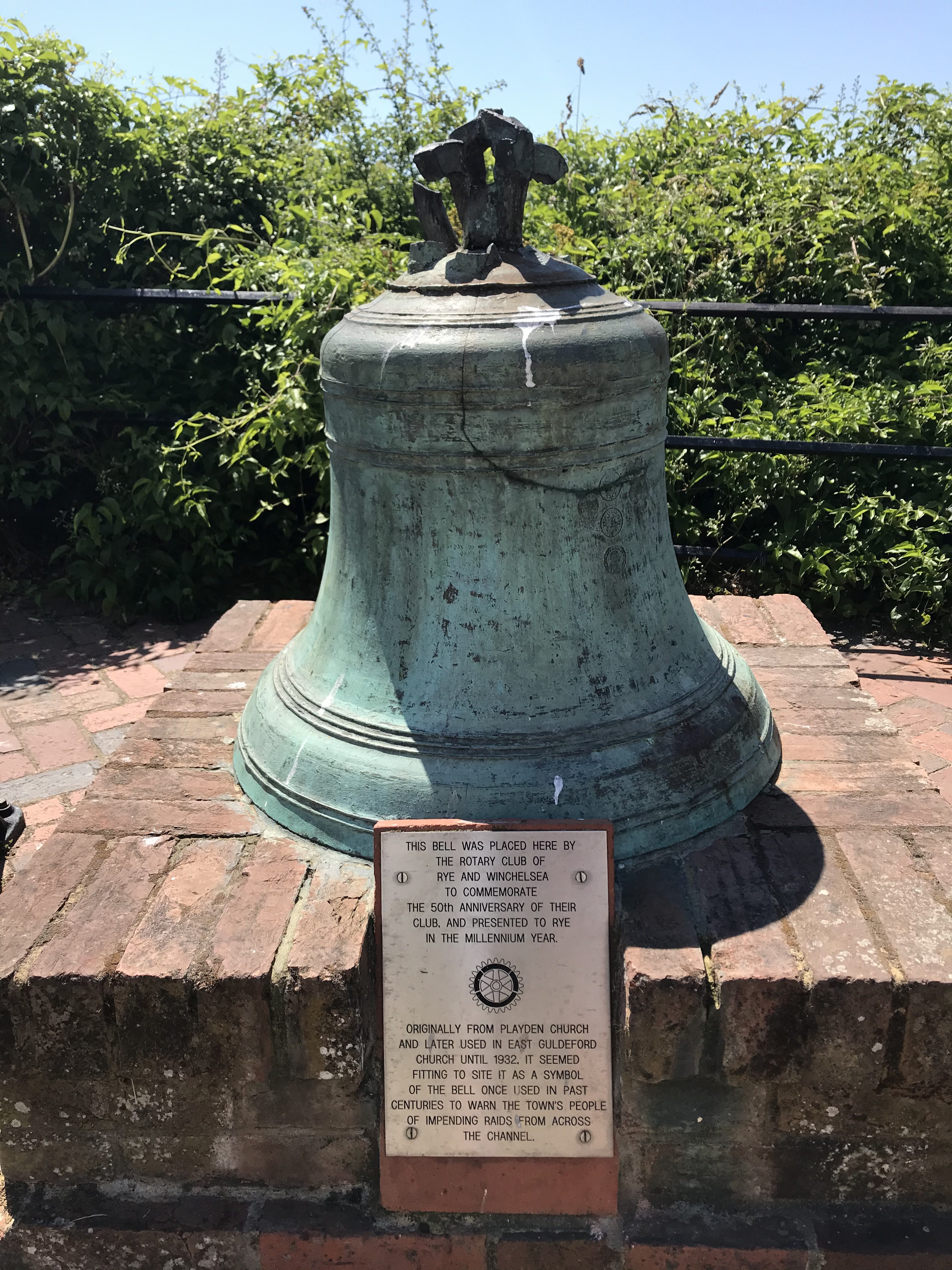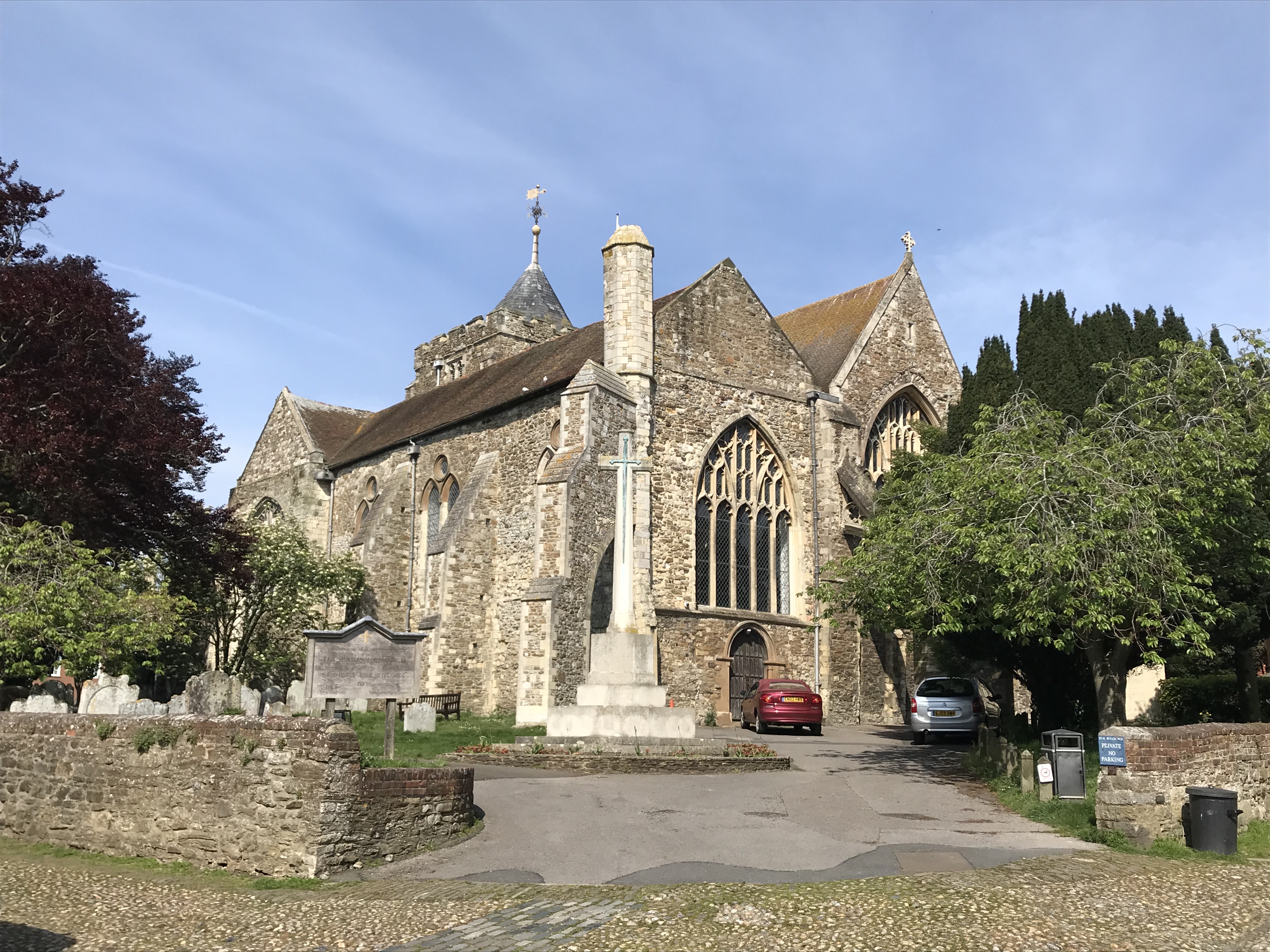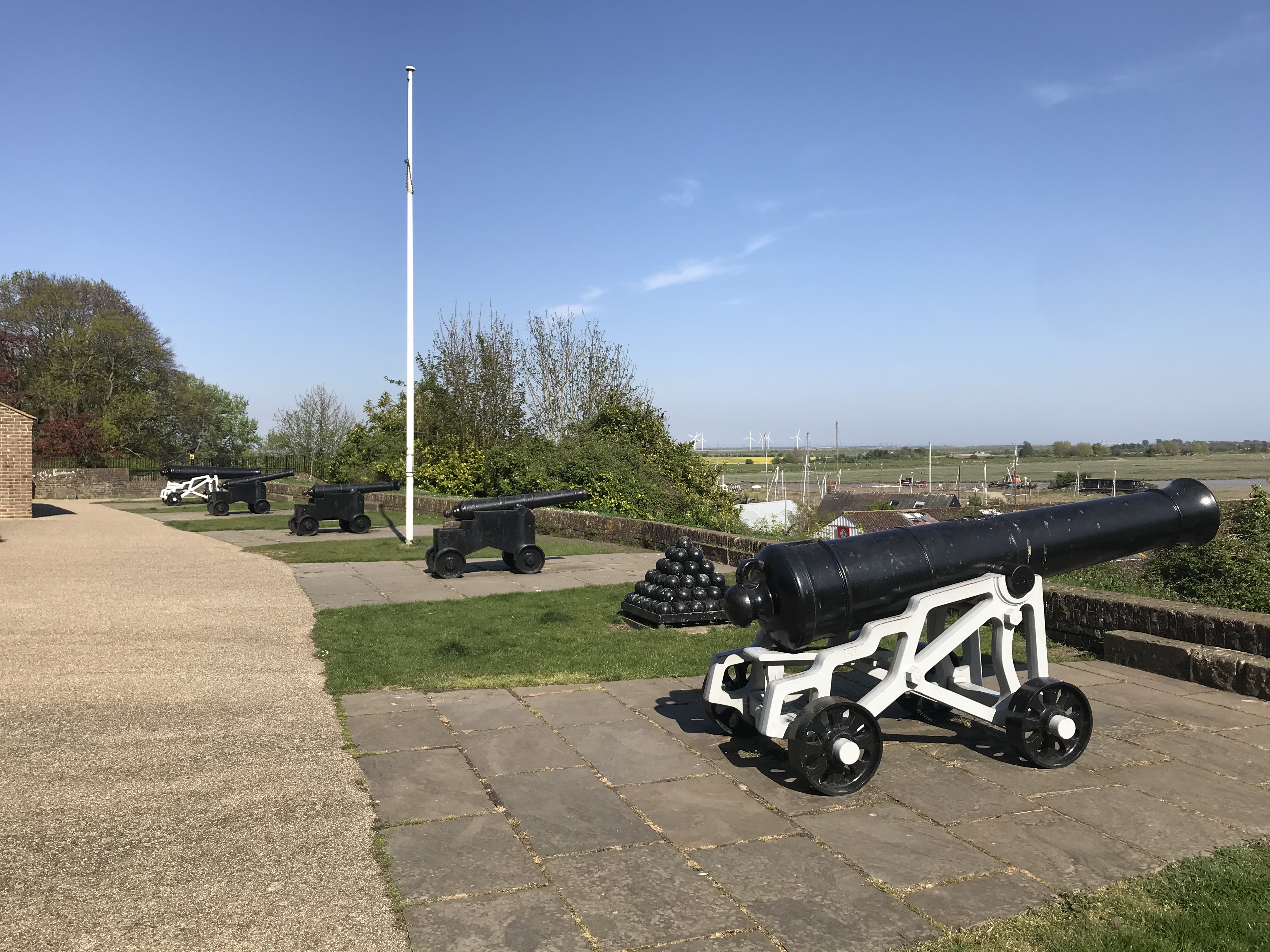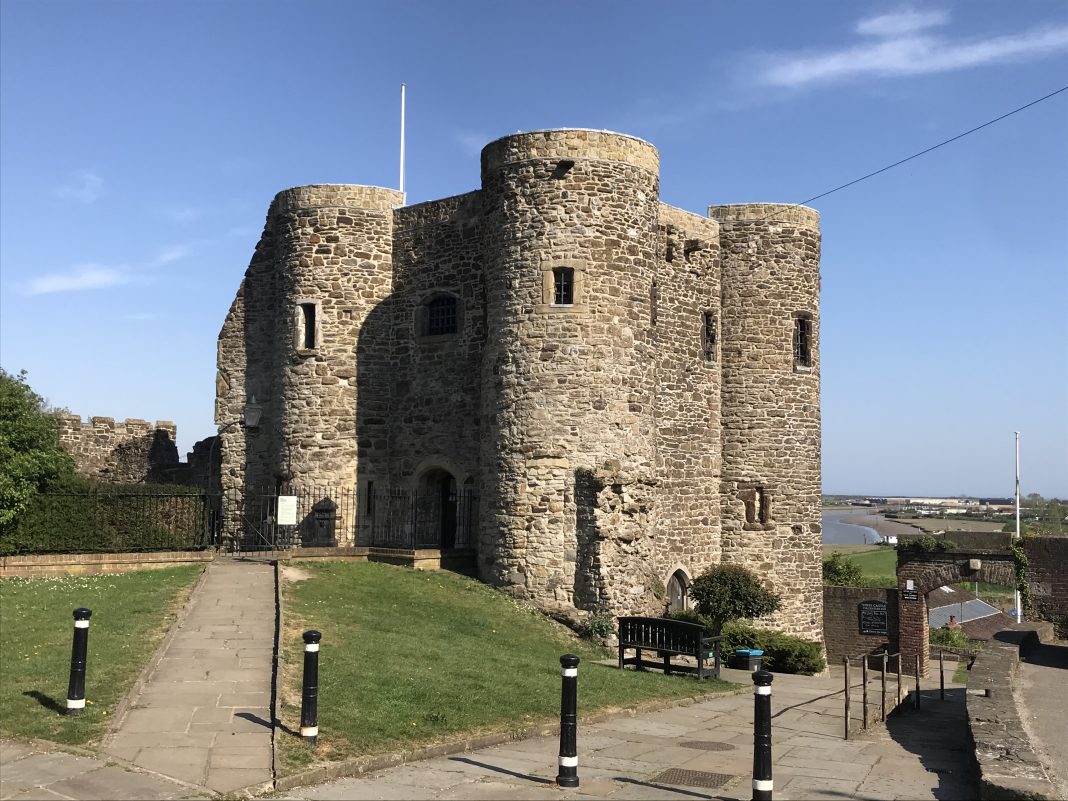There’s no need to panic, this is a historical reference and, in my new capacity as Rye Heritage Centre Manager, I felt it appropriate to remind ourselves of some of the more significant historical events which have taken place though history as part of Rye’s rich cultural heritage. So I will be writing a series of “timeline” articles until the Rye Heritage Centre is able to open its doors once more, which is likely to be later in the year.
I say there’s no need to panic but, if you were living in Rye on June 29 1377, you certainly would have been terrified as this was the day the French fleet invaded Rye,causing total devastation.
The French Armada comprised 120 ships, including 35 large vessels owned by the King of France, and eight Castilian galleys commanded by Don Fernando Sanchez de Tovar. On board were four to five thousand troops, plus sailors and oarsmen. And on June 29, the Sussex port of Rye was ransacked and burnt.
In the 13th and 14th centuries, Rye was frequently attacked by the French, but in the 1377 attack the town was virtually burnt to the ground, and totally destroyed apart from a few stone buildings which include part of St Mary’s church, the Ypres Tower and the Landgate arch.

St Mary’s church was looted during the invasion, and the French invaders plundered eight church bells but, a year later, a party of men from Rye and Winchelsea raided Normandy and brought the bells back and for many years, one of the bells hung in Watchbell Street to alert the town to French invasions.

The parish church of St. Mary dates from the 12th century and although it suffered severe damage in 1377, some of the original structure survives and major restoration was done in the 19th century. The clock is believed to be the oldest church turret clock in England, still working with its original mechanism, made in 1560.
The painted clock face is distinctive with the figures of two boys either side, who strike the bell on the quarter hours, but not the hours, hence they are known as Quarter Boys.

The Landgate is another fine stone structure, a medieval gateway, built in 1329 by Edward III. At high tide, Rye was surrounded on three sides by the sea, the only means of entry being through the Landgate. The Landgate has two round towers on stone plinths and is still one of the main access points to the town centre.
The ancient parapet and upper floors have long since disappeared and the Tils clock was inserted in 1862 and in the reveals of the inner arch are pointed doorways which give access to the side towers.
The other famous surviving stone building, a defensive structure that still remains in Rye, is the Ypres Tower (see main photograph) which now contains Rye Castle Museum. The view of the bustling harbour (now farmland) and then out to sea would have been a distinct advantage, but nowadays is purely for pleasure.
This building was thought to have been intended as part of a defensive castle that never materialised. Unlike the town walls, the tower survived time and further attacks from the French. For three hundred years, it served as a prison, and below the Ypres Tower is Gun Garden, a terraced garden where once a battery of cannon was kept.

Image Credits: Nick Forman .



